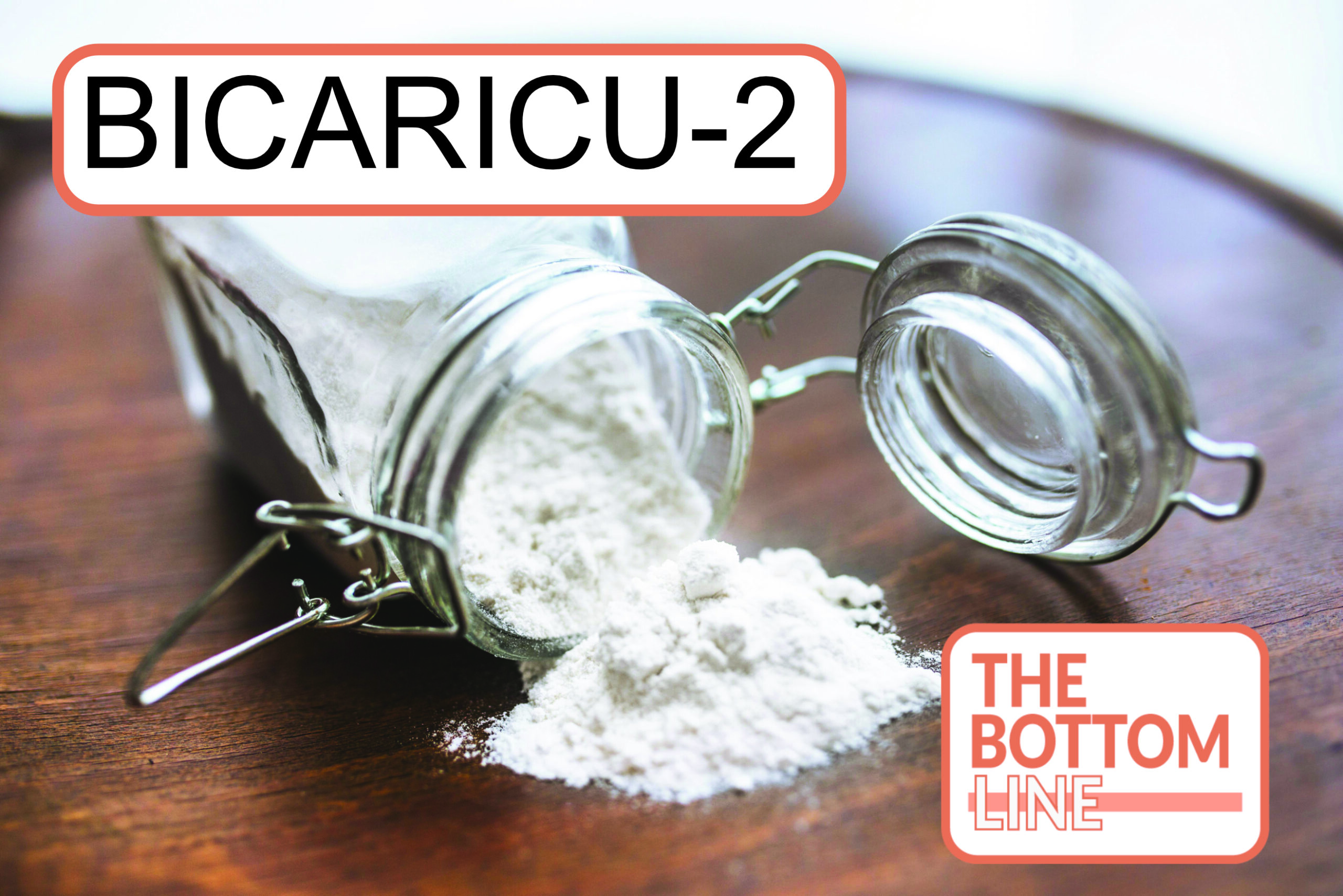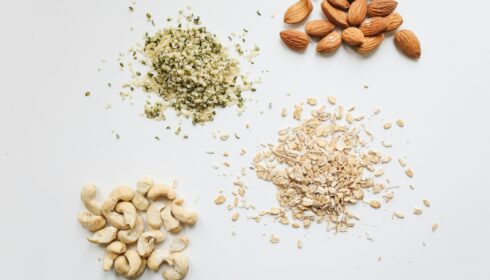BICARICU-2: NaHCO3 for Metabolic Acidemia
Sodium Bicarbonate for Severe Metabolic Acidemia and Acute Kidney Injury
Jung et al. JAMA 2025. doi: 10.1001/jama.2025.20231
Clinical Question
- In patients with severe metabolic acidosis (pH ≤7.20) and moderate to severe AKI does the administration of sodium bicarbonate (NaHCO3) compared to placebo reduce 90-day mortality?
Background
- Multiple cardiac, respiratory, renal and neurological pathophysiological consequences of severe academia have been reported
- The administration of NaHCO3 to manage this cohort of patients is controversial
- BICARICU-1 compared the administration of 4.2% NaHCO3 (with no NaHCO3) in those with severe acidosis; no difference in the composite of mortality at day 28 or presence of organ failure at day 7 was shown
- However in those with severe AKI mortality was lower (46 vs 63%) with lower rates of KRT (Kidney Replacement Therapy) (51 vs 73%)
- A recently published large Australian target trial emulation suggested an association between bicarbonate administration and reduced mortality
Design
- Open-label, investigator-initiated
- Multi-centre RCT
- Informed consent prior where possible, otherwise if too unwell then emergency enrolment allowed
- Centrally performed randomisation
- Stratification by age (<65/≥65 years) and pH (<7.10/7.11-7.20)
- Sample size based on a 10% absolute decrease in 90 day all cause mortality from 80 to 70% based on BICARICU-1 and allowing for ~8% loss to follow up / unevaluable data 640 patients required
- Intention to treat (primary) and per-protocol (including cross over and exclusion of deviations) analyses planned
- Pre-specified subgroups (pH, age, sepsis, SOFA score)
- Registered with clinical trials.gov (NCT04010630)
Setting
- 43 ICUs in France
- October 2019 – December 2023
Population
- Inclusion:
- 18 years or older
- SOFA > 4 or arterial lactate ≥ 2 mmol/L
- Within 48 hours of ICU admission
- pH ≤ 7.20 AND serum HCO3- ≤ 20 mEq/L AND PaCO2 ≤ 45 mmHg AND moderate/severe AKI (KDIGO stage 2/3)
- Exclusion:
- Respiratory acidosis (PaCO2 > 45 mmHg)
- Bicarbonate wasting via GI or urinary tract
- Baseline eGFR ≤ 10 ml/min
- Ketoacidosis
- NaHCO3 infusion
- KRT 24 hours before screening or planned within following 6 hours
- Exogenous acid poisoning (e.g. methanol)
- Pregnant or breastfeeding
- Life expectancy < 48 hrs
- 3202 screened > 640 randomised > 320 in each group
- 13 subsequent exclusions from intention to treat group (withdrawal of consent, under guardianship, lack of insurance and double enrolment)
- Comparing baseline characteristics of bicarbonate vs. control group
- Largely balanced except some differences in underlying co-morbidities
- Age: 67 vs 67
- Male: 62 vs 59%
- SAPSII: 61 vs 61
- SOFA Score: 10 vs 11
- Median Elixhauser comorbidity score: 0 vs 3
- Increased rates of COPD and immunodeficiency in control group
- Medical Admission: 68 vs 69%
- Cause of academia:
- Septic Shock: 55 vs 53%
- Haemorrhagic Shock: 14 vs 14%
- AKI: 8 vs 8%
- Cardiac Arrest: 6 vs 6%
- MAP: 72 vs 72 mmHg
- Invasive Ventilation: 77 vs 74%
- Vasopressors: 81 vs 79%
- pH: 7.15 vs 7.15
- PaCO2: 37 vs 37 mmHg
- HCO3: 13 vs 12
- Lactate: 5.9 vs 5.7
- Creatinine: 2.2 vs 2.3 mg/dL
- Largely balanced except some differences in underlying co-morbidities
Intervention
- 4.2% bicarbonate infusion
- Targeting a pH of 7.30 or higher through next 28 days or until ICU discharge
- Each infusion 125-250ml over 30 minutes
- Maximum of 1L within 24 hours (500 mEq)
- ABG 1 to 4 hours following cessation
- Median 750mls received in first 48 hours
Control
- No bicarbonate infusion
Management common to both groups
- Standardised indications for KRT
Outcome
- Primary outcome:
- Day 90 mortality (comparing bicarbonate vs control)
- 62.1% (195/314) vs 61.7% (193/313)
- Absolute Difference 0.4 (95% CI -7.2 to 8.0)
- No evidence of group effect in any subgroup
- Day 90 mortality (comparing bicarbonate vs control)
- Secondary outcomes:
- Comparing bicarbonate vs. control group
- No significant difference in
- Mortality at 28 (54 vs 54%) and 180 days (65 vs 63%)
- KRT free days by day 28 (0 vs 0)
- Invasive ventilation by day 28 (91 vs 88%)
- ICU LOS (5 vs 5 days) and ICU free days by day 28 in survivors
- Hospital LOS by day 90 (10 vs 8 days) and hospital free days by day 90 in survivors
- SOFA score at Day 1,2 and 7
- Significantly greater in intervention group
- Enrolment to KRT initiation (31 vs 16 hours)
- Vasopressor therapy (97 vs 94%)
- Day 2 fluid balance (2.8 vs 2.2L)
- Significantly less in intervention group
- Use of KRT by day 28 (35 vs 50%)
Authors’ Conclusions
- For critically ill patients with both severe metabolic acidosis and moderate to severe AKI, sodium bicarbonate therapy did not significantly decrease mortality
Strengths
- Multi-site RCT with high internal validity
- Designed to test an important and clinically relevant hypothesis generated from prior randomised research
- Standardised criteria for KRT initiation
- Low numbers of protocol violations
- Separation in arterial pH (eFigure 2) and bicarbonate (eFigure3)
Weaknesses
- Single country
- Some countries use different concentrations (e.g. 1.26%)
- Open-label but objective primary outcome
- Some cross-over but rates relatively low (15%) and per-protocol analysis showed no difference
- There may be some heterogeneity of treatment effect by type of metabolic acidosis (HAGMA, HAGMA with predominant lactic acidosis and combined HAGMA/NAGMA)
- eTable 3 shows varying point estimates in 90-day all cause mortality
- Rates of observed mortality lower than anticipated, and power calculation based on a 10% reduction in mortality
- Much smaller reductions in mortality are clinically relevant
The Bottom Line
- The administration of 4.2% NaHCO3 does not appear to impact mortality, however does seem to reduce the incidence of KRT
- This still may be clinically important due to the potential KRT induced dialy-trauma
- Further studies assessing the use of NaHCO3 in metabolic acidosis are SODa-BIC and MOSAICC
External Links
- article Sodium Bicarbonate for Severe Metabolic Acidemia and Acute Kidney Injury
- editorial Sodium Bicarbonate in Severe Acidemia and Acute Kidney Injury—Turning the Tide or Chasing a Myth?
Metadata
Summary author: George Walker @hgmwalker89
Summary date: 30 October 2025
Peer-review editor: David Slessor
Picture by: Karola G / Pexels




